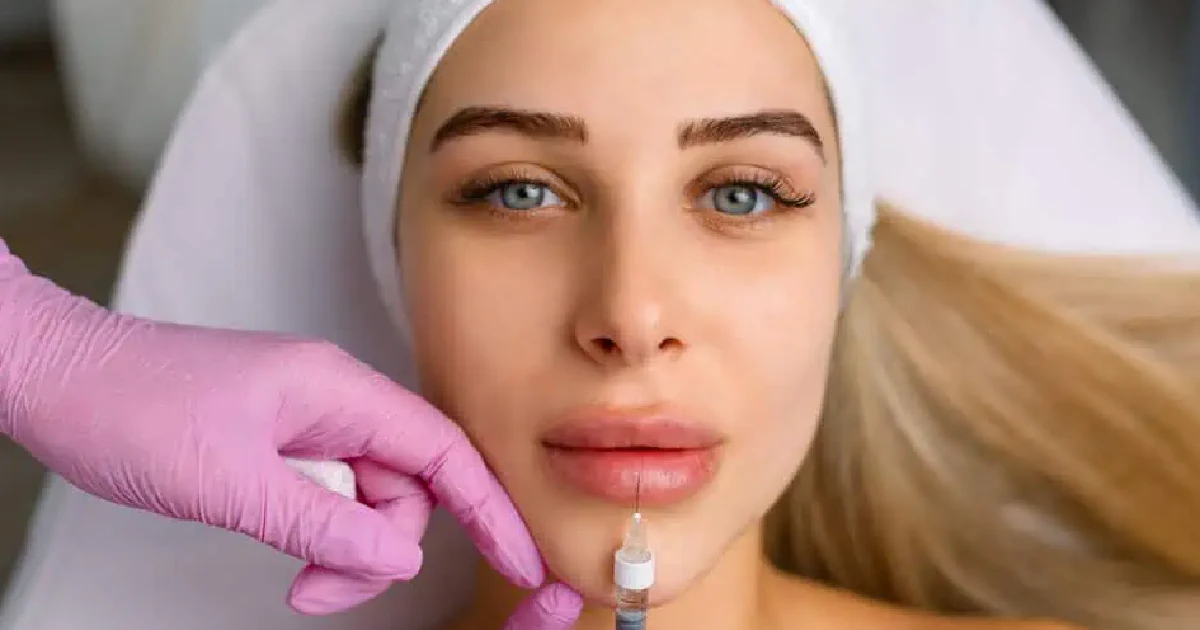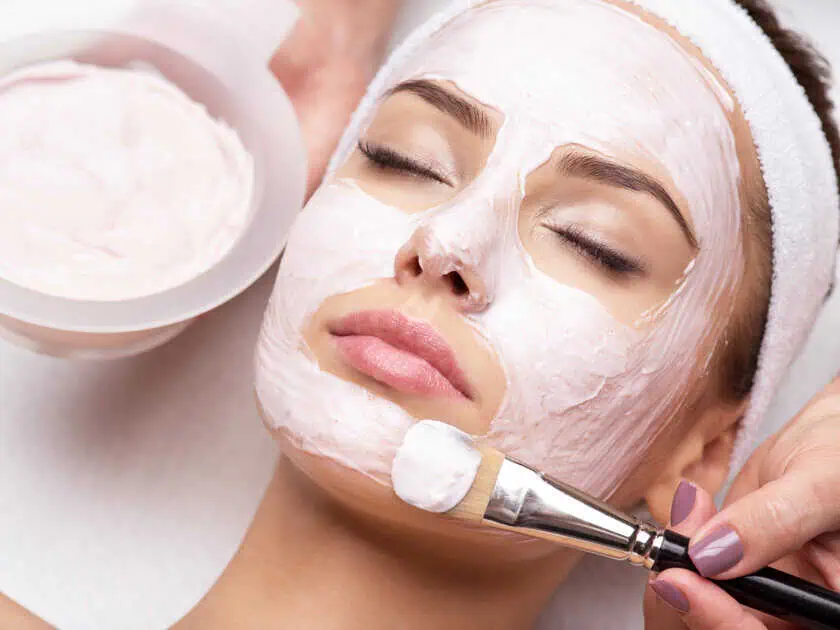What can dermal fillers bring?
Dermal fillers are injectable substances that smooth lines, add volume, and enhance facial contours. They are typically used in aesthetic and cosmetic procedures to cure signs of aging or to enhance specific facial features. Here are some of the benefits and potential outcomes of dermal filler treatments:
Wrinkle Reduction:
- Dermal fillers can address fine lines and wrinkles, particularly those caused by aging, sun exposure, and facial muscle movements. Common treatment areas include the nasolabial folds (lines around the nose and mouth), marionette lines, and crow’s feet.
Restoration of Volume:
- As people age, they may experience a loss of facial volume, leading to a sunken or hollow appearance. These fillers restore volume to the cheeks and temples, providing a more youthful and lifted look.
Lip Enhancement:
- Dermal fillers can also be excellent to augment and enhance the lips. They can add volume, define the lip border, and improve symmetry for a more aesthetically pleasing appearance.
Scar Correction:
- Dermal fillers can fill in certain types of scars, like those caused by injury or acne, which help enhance the overall texture and appearance of the skin.
Non-Surgical Nose Job:
- Dermal fillers can contour and reshape the nose without surgery, often called a non-surgical or liquid nose job.
Hand Rejuvenation:
- Dermal fillers can address signs of aging on the hands, such as volume loss and prominent veins, providing a more youthful appearance.
Customizable Results:
- The amount and type of filler can be tailored to achieve the desired results, allowing for a customized approach based on individual facial anatomy and aesthetic goals.
How do dermal fillers differ from other injectables?
Dermal fillers and other injectables are cosmetic treatments that involve administering substances into the skin to achieve certain aesthetic goals. However, they differ in their composition, purpose, and the issues they address. Here are some key distinctions:
Dermal Fillers:
- Composition: Dermal fillers are primarily made of various substances, like calcium hydroxylapatite, hyaluronic acid, poly-L-lactic acid, or polymethyl methacrylate. These substances add volume to the skin, filling wrinkles, lines, and hollow areas.
- Purpose: The primary role of dermal fillers is to restore volume, smooth wrinkles, and enhance facial contours. They are commonly used for facial rejuvenation and augmentation.
- Duration: The duration of results varies depending on the type of filler used, but in general, results from dermal fillers are temporary and may last from several months to a couple of years.
Botulinum Toxin (e.g., Botox, Dysport):
- Composition: Botulinum toxin is a neurotoxin that temporarily relaxes the muscles responsible for causing wrinkles. Botox and Dysport are common brands of botulinum toxin injections.
- Purpose: Botulinum toxin injections are used to reduce the appearance of dynamic wrinkles caused by repetitive muscle movements. Common treatment areas include forehead lines, frown lines, and crow’s feet.
- Duration: The effects of botulinum toxin injections typically last around three to six months, after which repeat injections are needed to maintain results.
Sclerotherapy:
- Composition: Sclerotherapy involves injecting a solution (usually a saline solution) directly into the spider or varicose veins to cause them to fade and collapse.
- Purpose: Sclerotherapy is specifically designed to treat visible veins, addressing issues like spider and small varicose veins.
- Duration: Results can vary, but multiple sessions may be required for optimal results.
Platelet-Rich Plasma (PRP) Injections:
- Composition: PRP is derived from the patient’s blood. It involves drawing a small amount of blood, processing it to concentrate the platelets, and injecting the PRP into the skin.
- Purpose: PRP injections are used for skin rejuvenation and collagen stimulation. They can improve skin texture, reduce fine lines, and promote a youthful appearance.
- Duration: Results can vary; multiple sessions may be recommended for optimal outcomes.
How do these fillers work?
Dermal fillers inject a gel-like substance beneath the skin’s surface to add volume, smooth wrinkles, and enhance facial contours. The specific mechanism of action depends on the type of filler used, as various formulations are available. This part will discuss the various types of dermal fillers in the market and how they work.
First, Hyaluronic Acid Fillers. Hyaluronic acid fillers attract and bind to water molecules, thereby adding volume to the injected area. These fillers can smooth wrinkles plump lips, and restore volume to areas that have lost elasticity and fullness. Results are noticeable immediately after treatment. Next is Calcium Hydroxylapatite Fillers. Calcium hydroxylapatite is a mineral-like compound located in bones. It stimulates collagen production for better skin appearance when used as a filler. Over time, as the body gradually absorbs the filler, the newly stimulated collagen helps maintain volume and improve skin elasticity. Results are visible immediately and continue to improve over several weeks.
Poly-L-Lactic Acid Fillers, conversely, trigger collagen stimulation, improving skin thickness and firmness. Results develop gradually over several weeks to months, making them a longer-lasting option. Polylactic acid is a synthetic substance that stimulates collagen production. It is biocompatible and gradually breaks down in the body—lastly, Polymethylmethacrylate (PMMA) Fillers. PMMA is a synthetic, non-biodegradable material that remains in the skin permanently. It creates a matrix that supports collagen production over time. They provide long-lasting results as the microspheres in the filler create a scaffold for collagen growth. However, they are less commonly used than some other types of fillers due to the permanent nature of the material.
Who can benefit most from dermal fillers?
Dermal fillers can benefit groups of people, and their use is often tailored to address specific concerns and aesthetic goals. Here are some groups of people who may benefit from dermal filler treatments:
First are individuals with aging-related concerns. As people age, there is a natural loss of facial volume, leading to sagging and the formation of wrinkles. Dermal fillers can restore volume to areas like the cheeks, temples, and nasolabial folds. Dermal fillers are also advantageous for those seeking facial contouring. Enhancing Facial Features: Dermal fillers can enhance and define certain facial features. For example, they can be injected to create fuller lips, a more pronounced jawline, or a more defined chin. These fillers can also help people with lip volume concerns. Dermal fillers are also best for lip augmentation, providing lips volume, definition, and symmetry; this is often sought by individuals who desire fuller or more shapely lips.
Additionally, dermal fillers can fill in certain types of scars, improving their appearance, often seen with acne scars or scars resulting from injury. Dermal fillers can be used to reshape and contour the nose without surgery, chosen by individuals seeking a temporary change in nasal appearance. These fillers are also excellent in hand rejuvenation, under eye hollows and dull skin. Dermal fillers can address signs of aging on the hands, such as volume loss and visible veins, providing a more youthful appearance. It can address hollow or sunken areas under the eyes, reducing the appearance of dark circles. Lastly, certain dermal fillers can hydrate the skin and improve its overall texture, making it look more radiant.
Get dermal fillers at Atma Health and contact them today to learn more!







